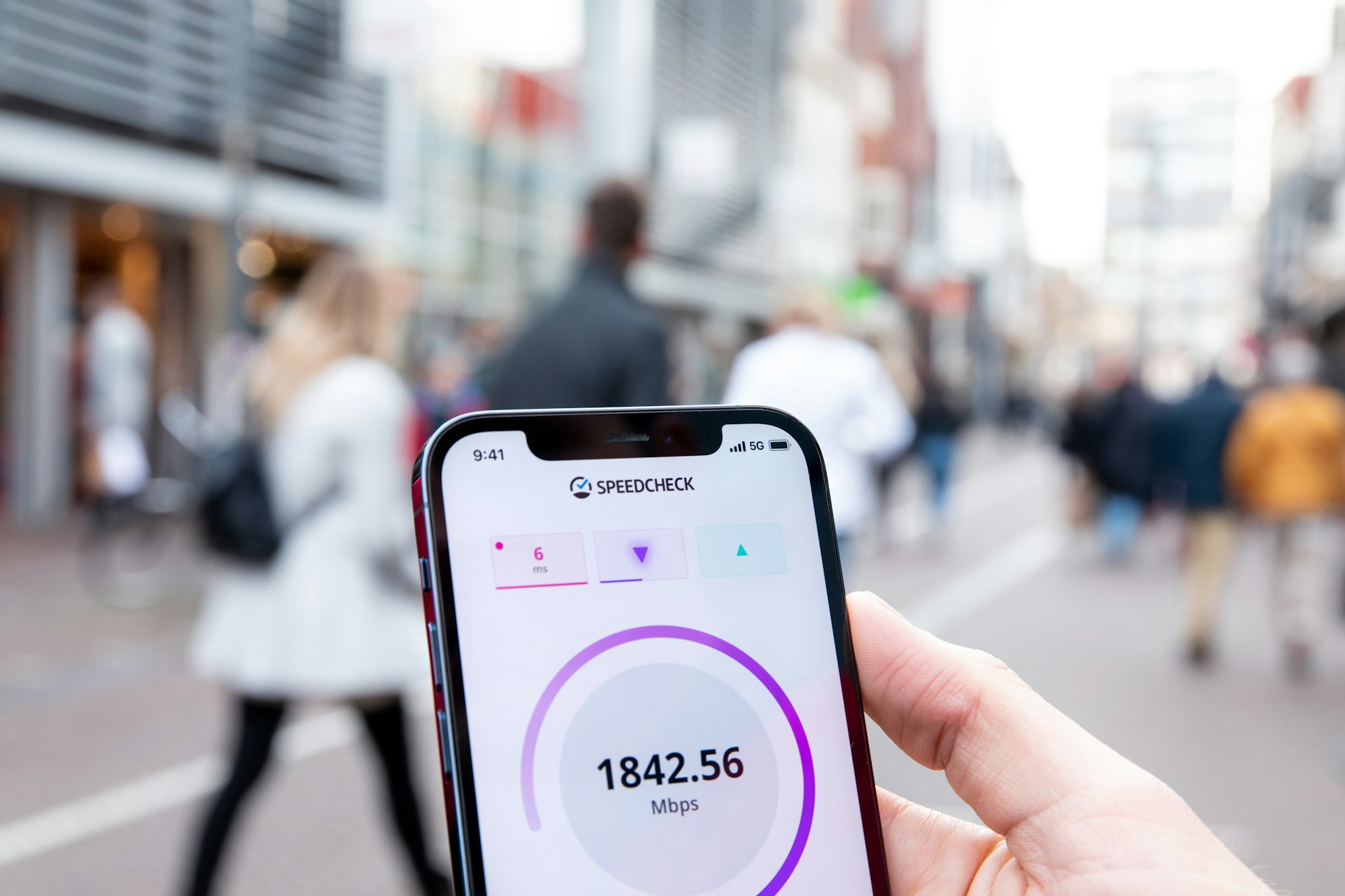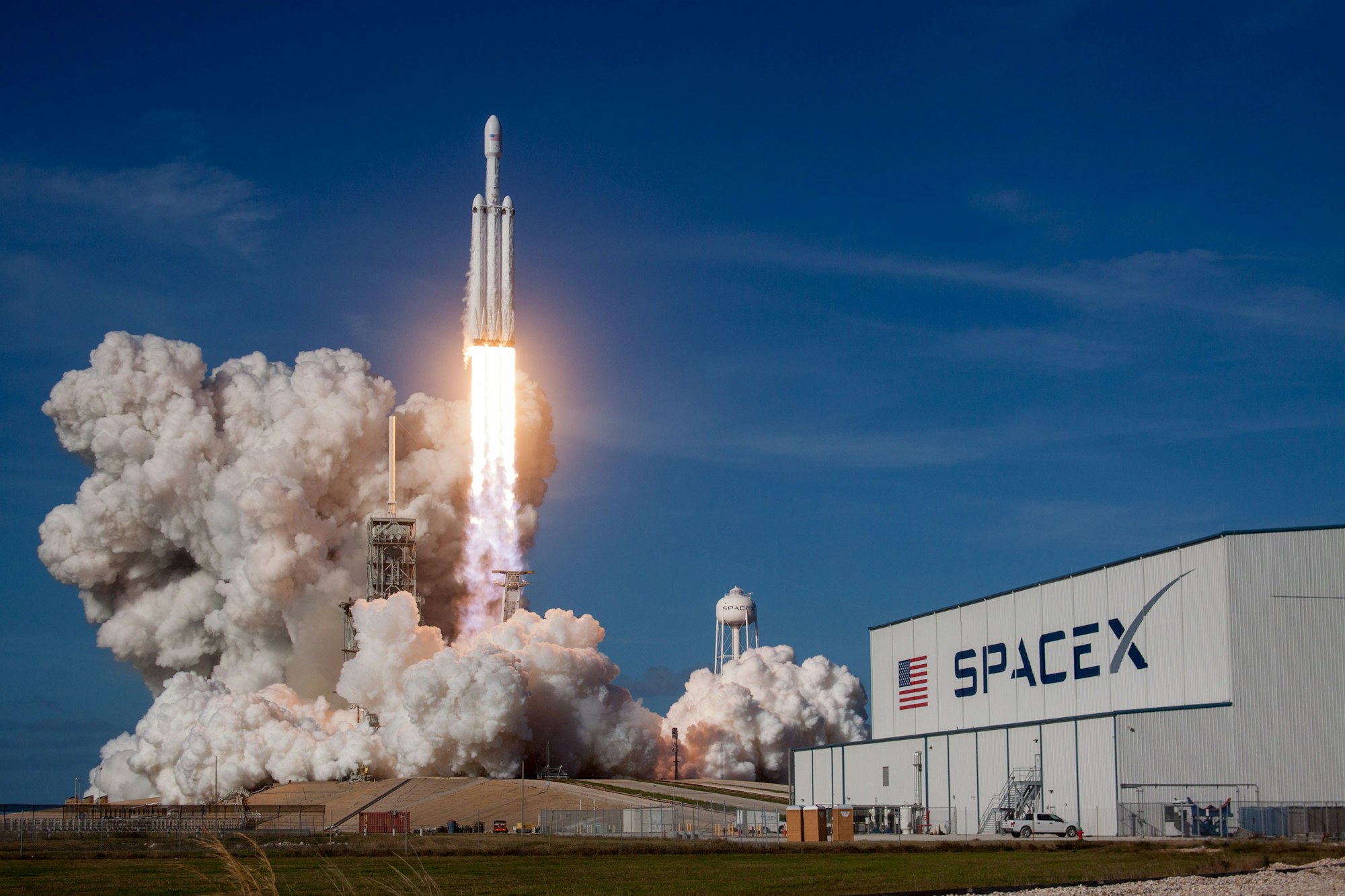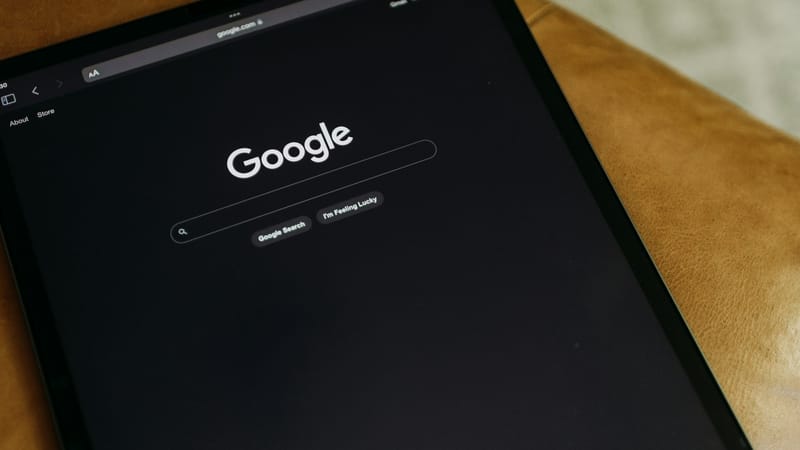SpaceX Targets Fall Launch for Cellular Starlink Service
This "direct to cell" service aims to deliver internet connectivity to cell phone users in areas with poor or no service (cellular dead zones).
SpaceX is setting its sights on a fall launch for its new Starlink service designed to beam internet data directly to cell phones.
The company recently revealed this target date in a filing with the Federal Communications Commission (FCC), alongside a request for looser restrictions on radio frequency emissions.
This "direct to cell" service aims to deliver internet connectivity to cell phone users in areas with poor or no service (cellular dead zones). It would work by beaming data directly to unmodified smartphones, offering basic functionality like text messaging, voice calls, and web browsing.


While the initial focus is on basic services, SpaceX hints at future possibilities that permit an even more robust supplemental coverage service and enhanced features. However, it acknowledges this service won't replace traditional terrestrial networks but rather serve as an additional source of connectivity in underserved areas.
Despite the ambitious plans, SpaceX and its partner, US carrier T-Mobile encounter a hurdle in the FCC's current limits on radio frequencies for satellite connectivity. SpaceX argues these restrictions hinder Starlink's coverage and reliability.

SpaceX proposes replacing this blanket rule with more specific "band-specific limits." This approach, according to SpaceX, would enhance coverage and ensure reliable service, especially for emergencies."
This request for loosened regulations isn't without opposition. Competitors like AT&T, Verizon, and Dish Network have lobbied against Starlink's request, citing concerns about potential radio interference.
Furthermore, scientists have expressed anxieties about the potential disruption of radio astronomy observations due to increased radio interference from Starlink satellites. In response, SpaceX assures the FCC they're collaborating with the astronomy community to mitigate these risks.
With SpaceX only needing the FCC's green light and a clear path to avoid interference with other crucial uses of the radio spectrum, Success could mean bringing basic connectivity to millions and paving the way for a future of more advanced mobile services in remote areas.








